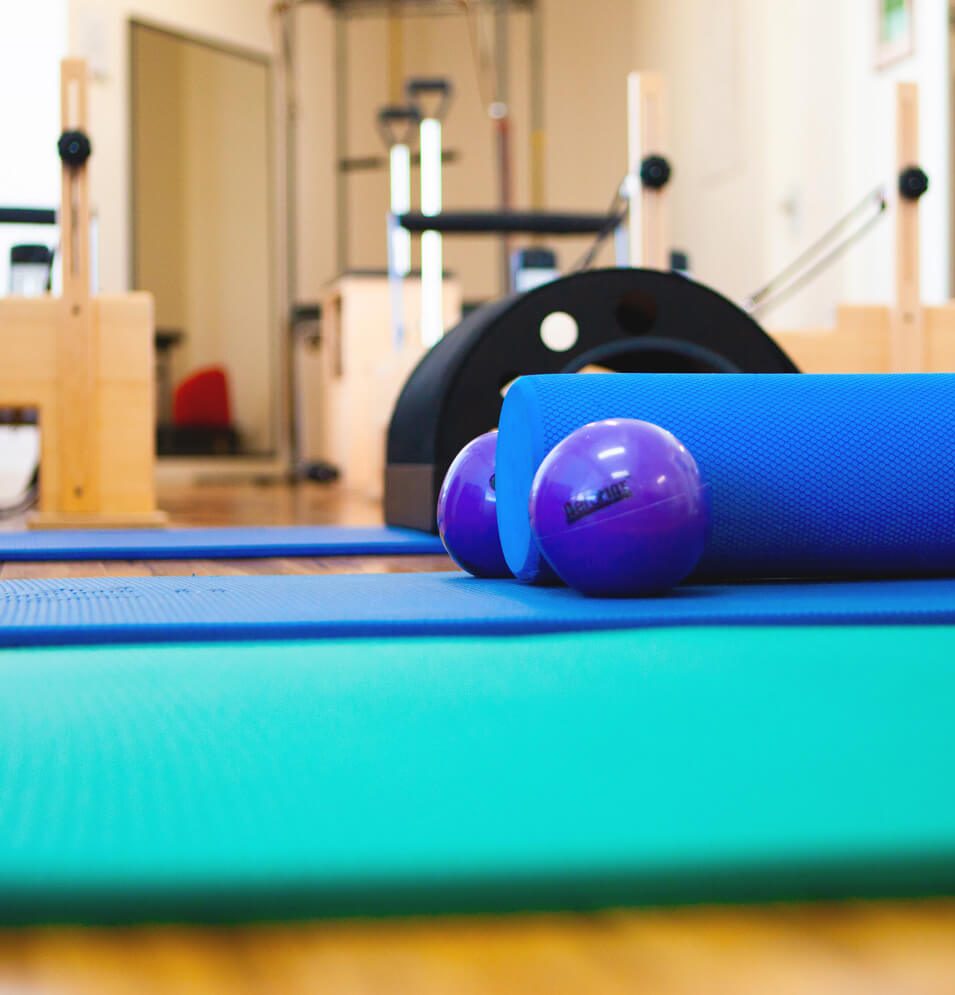What is ITB (Iliotibial band) Friction Syndrome?
ITB Syndrome is a condition that often affects new runners or those that increase their running volume quickly. It presents as a sharp pain on the outside of your knee, usually after running for 5-15 minutes.
Most cases settle with a modified running routine, physiotherapy, podiatry (orthotics in shoes) and massage. Occasionally symptoms persist despite these treatments.
What is ITB tenotomy?
ITB tenotomy is a procedure that reduces the mechanical friction of the ITB on the underlying lateral tibial condyle. Dr Peter Fuller devised this simple treatment for recalcitrant cases of ITB syndrome in the 1980’s and has performed more than 1200 procedures over the years on everyday athletes as well as many elite runners and AFL footballers.
What is involved in the procedure?
The procedure requires a local anesthetic as a small incision is made at the back of the ITB.
It does not cause any ligamentous instability of the knee.
After the procedure, a dressing and compression bandage are applied.
What is the recovery period for an ITB tenotomy?
Patients must follow the below post-operative care schedule for the following 3 weeks, before coming in for a follow-up review appointment.
Patients are usually advised to rest at home for 36 hours after the procedure however are often back to work within 2 days, and within in 5 days of the procedure are able to start light physical exercise such as cycling or swimming.Often, patients can return to light running within 2-4 weeks of the procedure and are back to full sporting activity a further 2-3 weeks after that.
It is a very cost-effective, low-risk option that gives great results as an alternative to open (or traditional) surgery on the tendon that would require admission to hospital, surgery in an operating theatre under general anesthetic, and at least 3 months before full recovery
What is required for post-tenotomy care?
- Compression Bandage
- Leave on firmly for 1-2 hours
- Adjust to moderate tension
- Re-adjust to light tension before bed tonight
- Wear bandage during the day for 3-7 days, depending on pain/swelling
- Remove at night (except first night) and for shower/baths
- Walk with knee straight. No crutches necessary unless very sore.
- Don’t walk long distances (shopping etc) during the first week
- Rest and elevate leg as much as possible first 6 days
- You may swim after 3 days or cycle after 7 days if feels comfortable
- When walking with no limp for 3 to 4 days, you may commence walking training (i.e. fast walks of 30-60 minutes)
- After walking training for 4-5 days, can start slow jogging if comfortable.
- Gradually increase speed and distance


